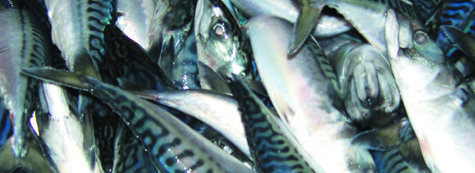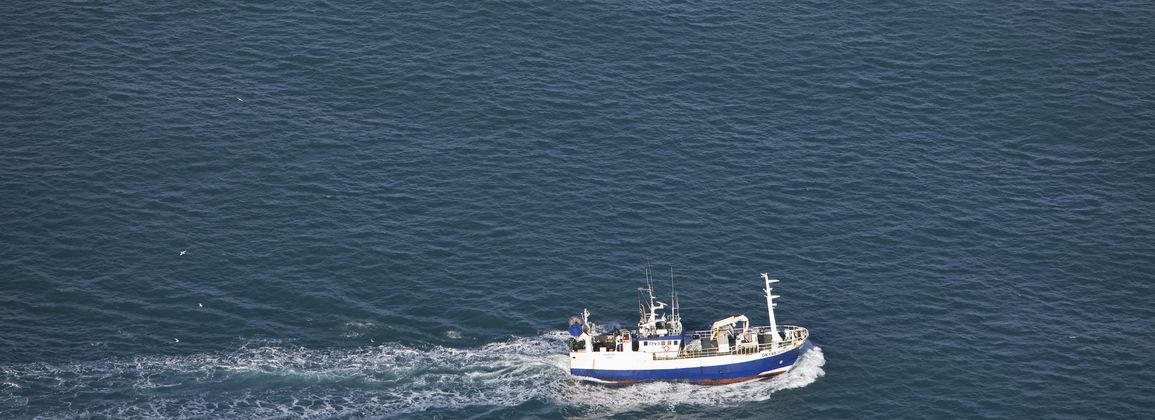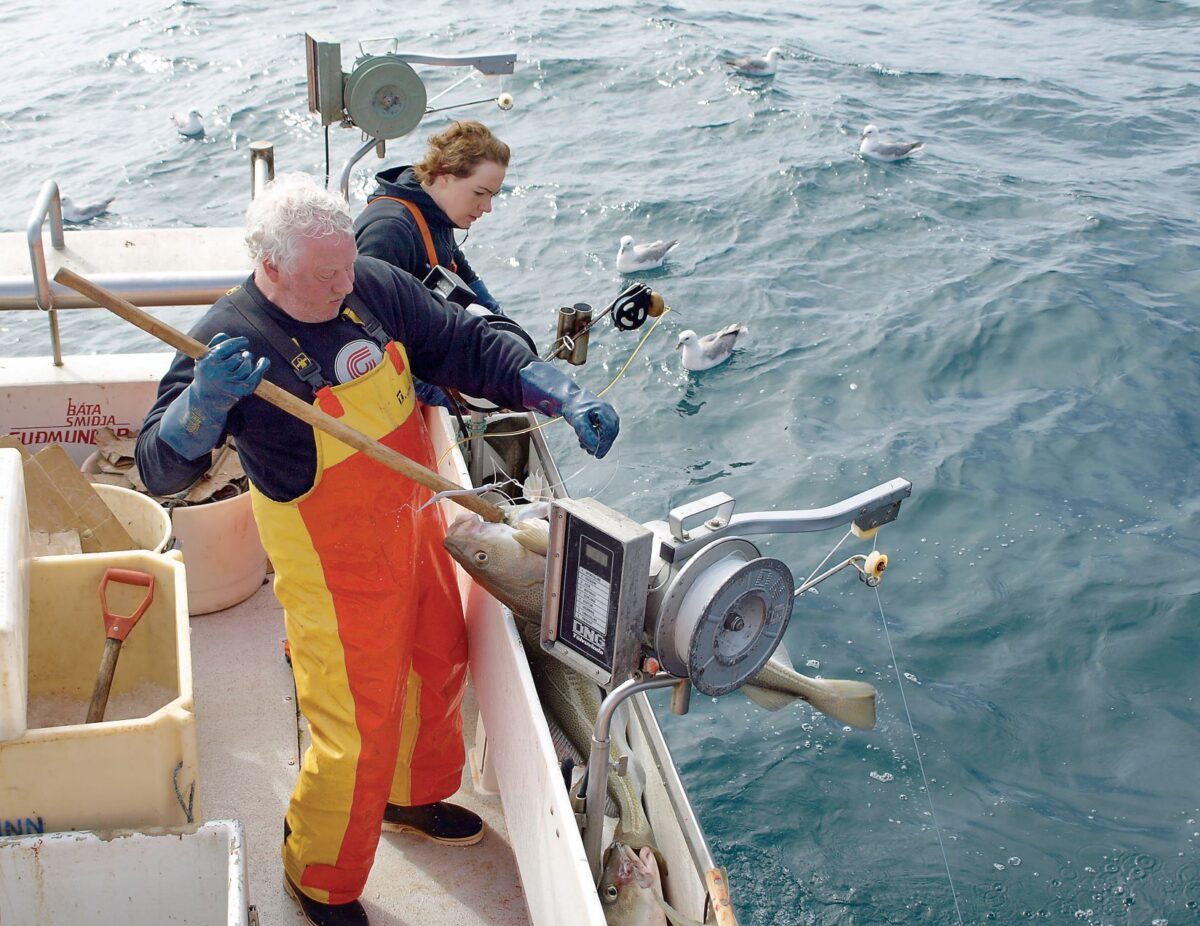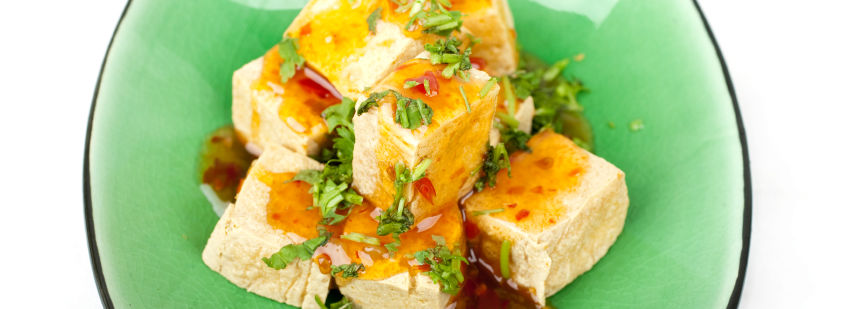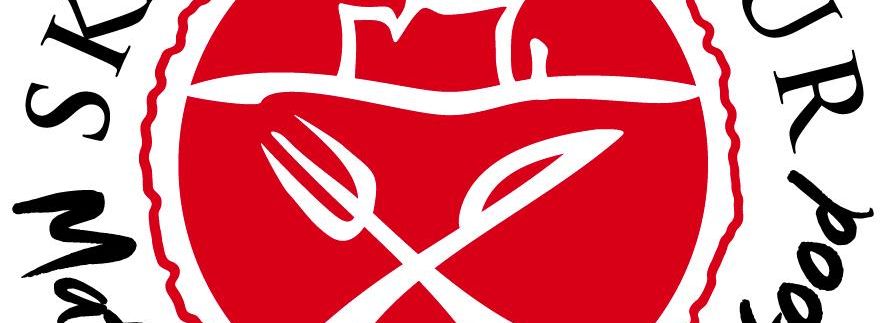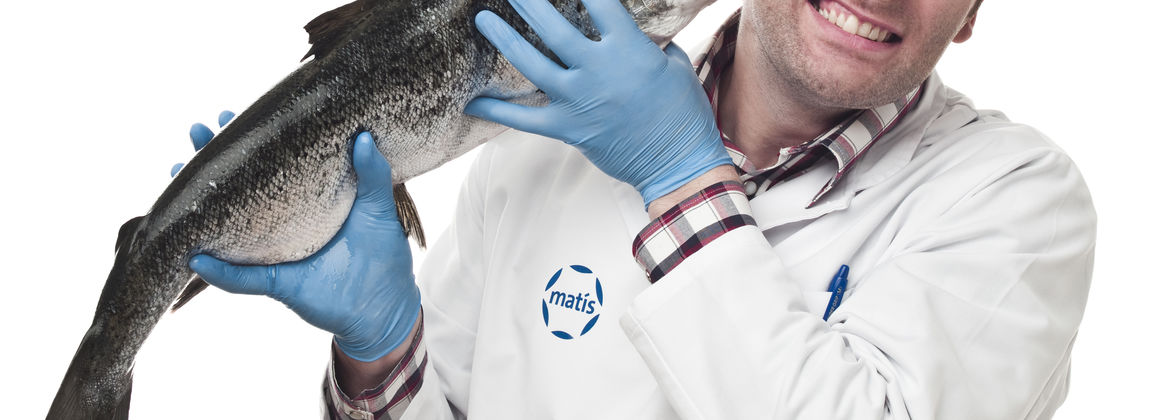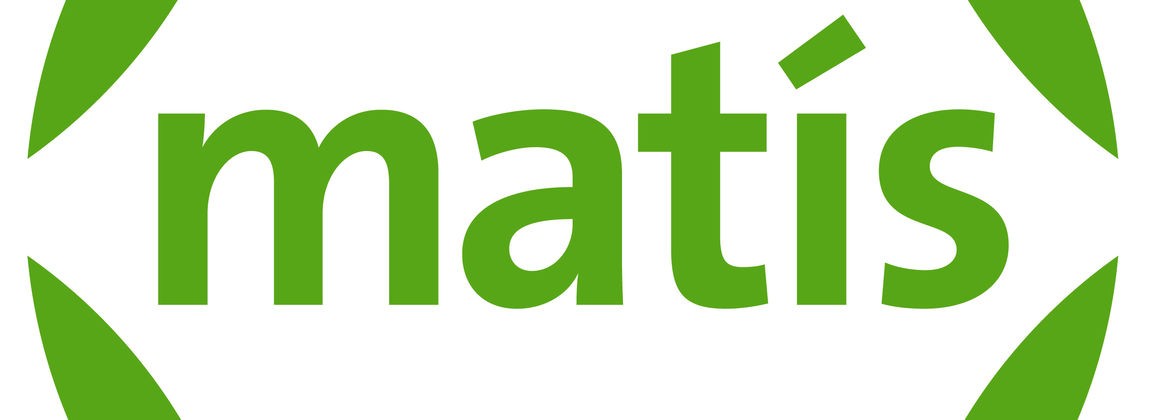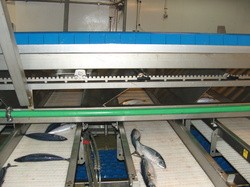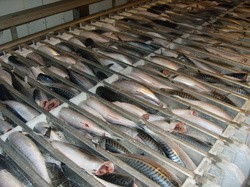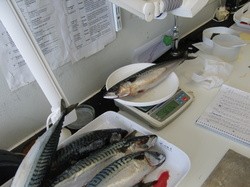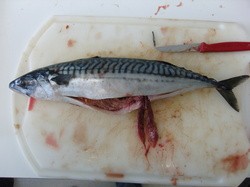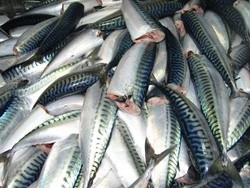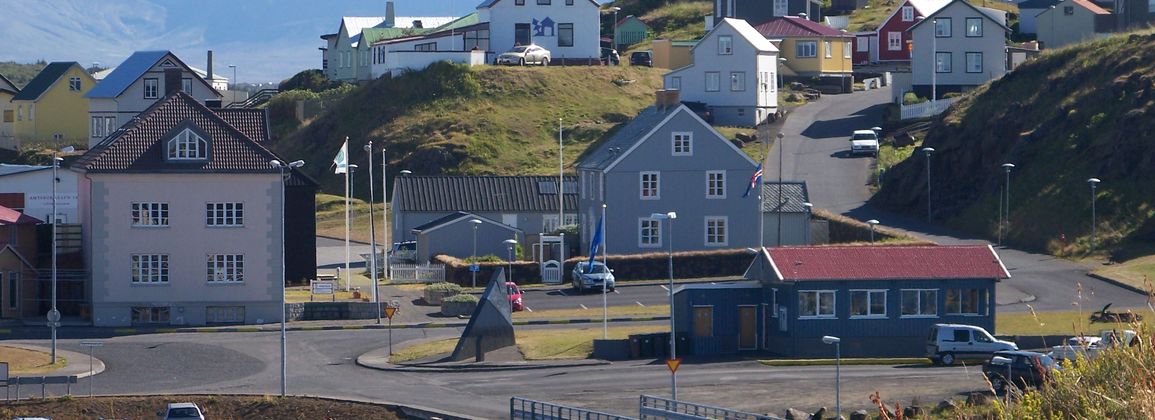In recent years, mackerel has increasingly entered Icelandic jurisdiction, but the fish come here in search of food over the summer.
Properties of mackerel according to season
During the time that the mackerel is caught inland from the beginning of June until the autumn, significant changes take place in the chemical composition and properties of mackerel. At the beginning of the season, the muscle fat content is around 7-10%, but in mid-August the ratio is close to 30%. At the same time, the water content decreases while the protein content is relatively stable. After mid-August, the fat content starts to drop again. There is therefore great variability in the quality of raw materials and products at the time the fish is caught inland, which in turn affects which markets products enter.
To begin with, mackerel was used extensively for flour and fish oil processing, but the share of catch frozen for human consumption has increased. It is therefore important to be well aware of the variables that affect the quality of raw materials and the processing properties of the catch. Last year, a project was launched to gather information on variability in mackerel catches caught in Icelandic waters. Samples were collected in collaboration with Icelandic fisheries companies and measurements were made of the chemical composition and quality of the mackerel by season and fishing areas. The fish is a sensitive raw material during the summer, especially in July when there is a lot of food in the fish. Rapid cooling of the catch after fishing and a low temperature (0 to -2 ° C) during storage of the catch is a prerequisite for slowing down the spoilage processes that begin immediately after the death of the fish. The changes in the chemical content of the fish are likely to affect its processing properties and increase release.
In the coming season, further measurements will be undertaken to get a more complete picture of fluctuations in the characteristics of the catch. Seasonal fluctuations are fairly easy to estimate, but the effect of different fishing areas is different, as the fish move quickly due to foraging. In addition, weather conditions and other factors can cause variability between years.
Participants in the project are Síldarvinnslan hf, Ísfélag Vestmannaeyja hf, HB Grandi hf, Vinnslustöðin hf, Eskja hf, Skinney – Þinganes hf, Samherji hf, Gjögur hf, Loðnuvinnslan hf, Huginn ehf and Matís ohf.
The project is funded by AVS and lasts for 1 year. For more information Sigurjón Arason, Ásbjörn Jónsson and Kristín Anna Þórarinsdóttir at Matís.

